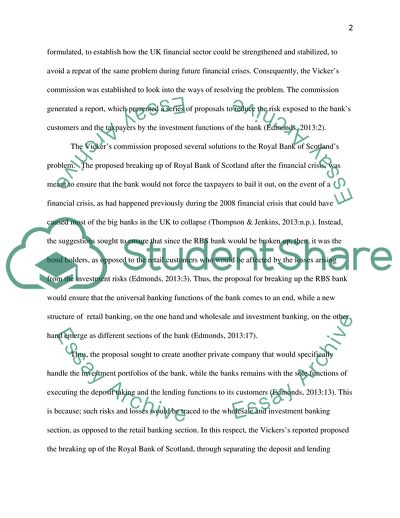Cite this document
(Bank Regulation In the UK Essay Example | Topics and Well Written Essays - 1500 words, n.d.)
Bank Regulation In the UK Essay Example | Topics and Well Written Essays - 1500 words. https://studentshare.org/finance-accounting/1819648-bank-regulation-in-the-uk
Bank Regulation In the UK Essay Example | Topics and Well Written Essays - 1500 words. https://studentshare.org/finance-accounting/1819648-bank-regulation-in-the-uk
(Bank Regulation In the UK Essay Example | Topics and Well Written Essays - 1500 Words)
Bank Regulation In the UK Essay Example | Topics and Well Written Essays - 1500 Words. https://studentshare.org/finance-accounting/1819648-bank-regulation-in-the-uk.
Bank Regulation In the UK Essay Example | Topics and Well Written Essays - 1500 Words. https://studentshare.org/finance-accounting/1819648-bank-regulation-in-the-uk.
“Bank Regulation In the UK Essay Example | Topics and Well Written Essays - 1500 Words”. https://studentshare.org/finance-accounting/1819648-bank-regulation-in-the-uk.


